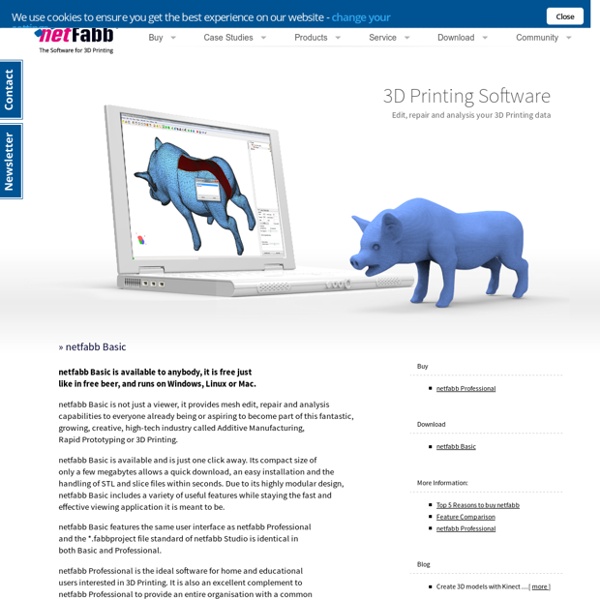Studio Basic

DAVID 3D Scanner
The Structure Sensor is the first 3D sensor for mobile devices
EinScan-S, Fast, Highly Accurate, White Light 3D Scanner | SHINING 3D
SMARTTECH 3D Robotized – SMARTTECH 3D Optical Innovation
SMARTTECH 3D Robotized connects dedicated robot and scanning head It is a fully automated solution for non-contact digitizing and quality control of small and medium-sized objects. The device uses the latest technology of optical non-contact 3D scanning and advanced industrial robot for fully automated 3D measurement, allowing for intuitive programming plans for measuring objects with different shapes and sizes. SMARTTECH 3D Robotized, is a modern non-contact version of the coordinate measuring machine which allows efficient measurements of the objects with complex shapes, automatic test reports, and above all, giving the ability to quickly control 100% of the measured surface. SMARTTECH 3D Robotized while reducing the role of a man in the measurement process offers: – Precise measurement and a high quality of the obtained data – The ability to perform automatic analysis of deviations and trends – high safety level achieved by separating the operator from the robot arm Measuring head:
Fuboss
8 Best DIY 3D Scanners in 2019 (You Can Build or Buy)
Photogrammetry, the process of estimating 3D coordinates from multiple images of the same object, is by far your cheapest doorway to 3D scan. While some professional long-range aerial scanners can easily cost hundreds of thousands of Euros, you might be able to use cameras suspended in balloons (or kites) to achieve professional-quality results for 1% of that cost. Using a smartphone camera will also do the job. Today’s smartphone cameras are good enough to achieve a very nice print out of an entire project. Ensure that there is a good degree of overlap in the field of view between the different shots (70-80%). Photogrammetry heavily relies on the quality of the software being used to correlate all images and extract the appropriate set of coordinates that define your object.
3D Face Reconstruction
Aaron S. Jackson, Adrian Bulat, Vasileios Argyriou and Georgios Tzimiropoulos Computer Vision Laboratory, The University of Nottingham This is an online demo of our paper Large Pose 3D Face Reconstruction from a Single Image via Direct Volumetric CNN Regression. Please use a (close to) frontal image, or the face detector won't see you (dlib). 1,293,287 faces uploaded and 3,106,731 model views since 7th of September 2017. Try your own face: Try an example face: AFLW2000 Image Aaron Jackson (author) Grace Hopper Alan Turing Barack Obama Elijah Wood Marie Curie
Related:
Related:



